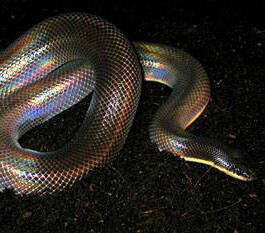
Xenopeltis unicolor Reinwardt
Xenopeltis unicolor Reinwardt,Sun snake, flaming snake
The Latin name of the glitter snake is Xenopeltis unicolor Reinwardt, which ···
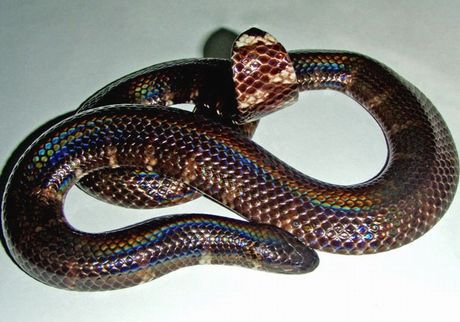
Cylindrophis ruffus
Cylindrophis ruffus,Red-tailed pipe snake,Red-tailed pipe snake, two-headed snake
Cylindrophis ruffus is a species of snake in the family Shieldtail Snake.The···
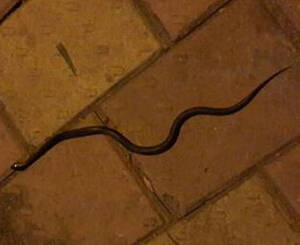
Typhlopslazelli
Typhlopslazelli,Indotyphlops lazelli,Rasmus's blind snake
Hong Kong blind snake (scientific name: Typhlops lazelli) is a reptile of th···
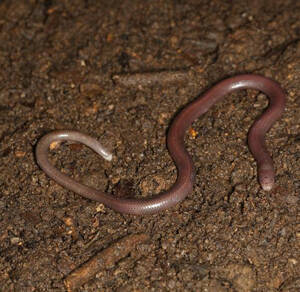
Dibamus bogadeki
Dibamus bogadeki,Bowman's Diplodocus,Bogadek's burrowing lizard
Bogadek's burrowing lizard is a reptile unique to Hong Kong.In 2012, the···
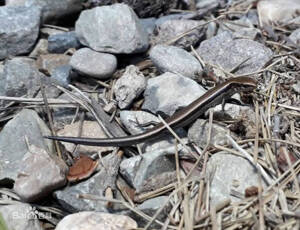
Scincella huanrenensis
Scincella huanrenensis,,Huanren dwarfskinkGolden Horse Snake
Huanren dwarfskink is called Huanren dwarfskink in foreign language, and has···
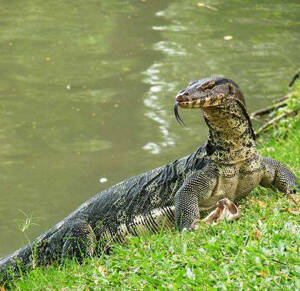
Varanus salvator
Varanus salvator,Common Water Monitor,Five-clawed golden dragon, monitor lizard, four-legged snake, scale insect, big four-legged snake
Common Water Monitor, with 5 subspecies.Unlike other animals, Common Water M···
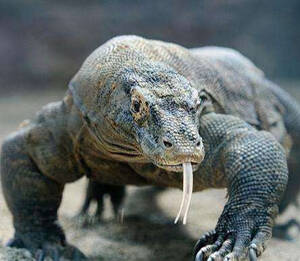
Varanus bengalensis,
Varanus bengalensis,Bengal Monitor Lizard,Common Indian monitor lizard, Bengal monitor lizard
Bengal Monitor Lizard, also known as Bengal Monitor Lizard, has 3 subspecies···
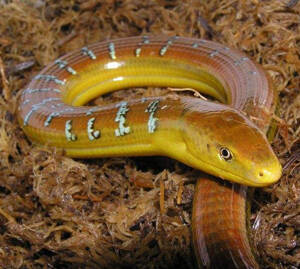
Dopasia
Dopasia,Hart's glass lizard,Golden snake, Venus ground eel, broken snake, snake lizard, earth dragon
The English name of the brittle lizard is Hart's glass lizard, and there···
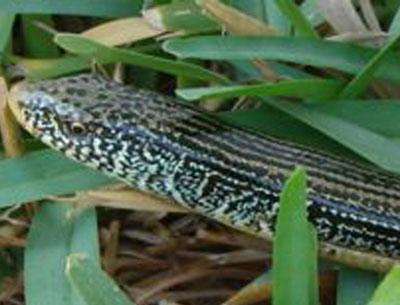
Ophisaurus hainanensis
Ophisaurus hainanensis,Hainan glass lizard
Foreign name Hainan glass lizard, a species endemic to China. Listed in the ···
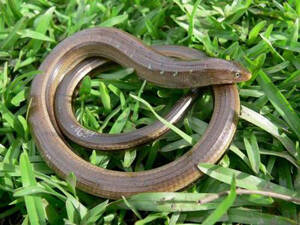
Ophisaurus gracilis
Ophisaurus gracilis,Ground eel, tin snake, thin snake lizard, Yunnan snake lizard
Burmeseglass snake (Daniel) is a lizard without limbs and looks like a snake···
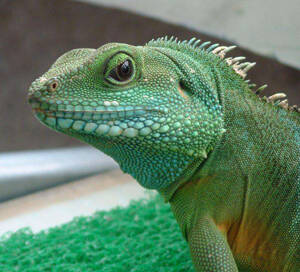
Physignathus cocincinus
Physignathus cocincinus,Long rock agama,Water Dragon
Long rock agama, no subspecies.Long rock agama lives on bamboo branches near···

Phrynocephalus mystaceus
Phrynocephalus mystaceus,Toad-headed Agama
The big-eared sand lizard is called Toad-headed Agama in English, and there ···
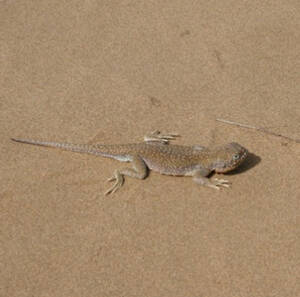
Phrynocephalus guinanensis
Phrynocephalus guinanensis,Guinan Toad-headed Lizard
Guinan Toad-headed Lizard is an ovoviviparous lizard.Guinan Toad-headed Liza···
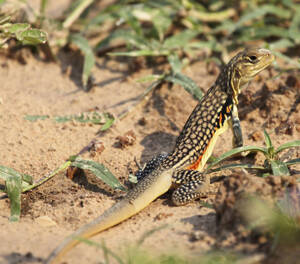
Leiolepis reevesi
Leiolepis reevesi,Reeves' butterflylizard,Mountain horse, salon, Polon
The foreign name of the wax lizard is Reeves' butterflylizard, and there···
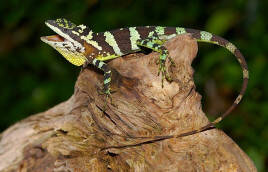
Diploderma makii
Diploderma makii,Makijapalure,Mu's climbing lizard
The Xitou dragon lizard is called Makijapalure in foreign language, and has ···
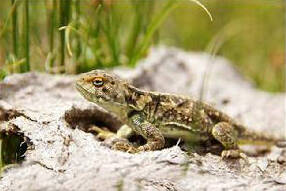
Diploderma batangense
Diploderma batangense,Jpalura batangensis,Batang climbing lizard, fast-walking lizard
The foreign name of the Batang dragon lizard is Jpalura batangensis. It main···
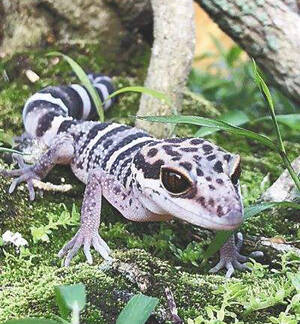
Goniurosaurus zhoui
Goniurosauruszhoui,Zhou’s Leopard Gecko
Zhou’s Leopard Gecko is the third species of gecko found in Hainan. It is a···
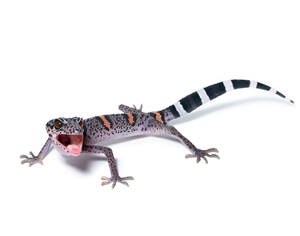
Goniurosaurus luii
Goniurosaurus luii
Pingxiang eyelid gecko was discovered in 1999 and is native to Guangxi.Pingx···
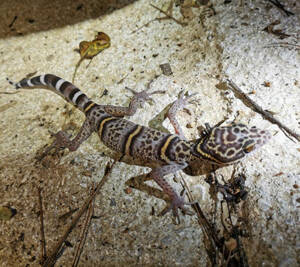
Goniurosaurus kwangsiensis
Goniurosaurus kwangsiensis,aekezrin(噁呃碄),
Guangxi eyelid gecko, scientific name Goniurosaurus kwangsiensis, is a newly···
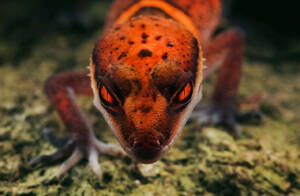
Goniurosaurus bawanglingensis
Goniurosaurus bawanglingensis,Bawangling Leopard Gecko,Chinese Tiger Gecko,
Bawangling Leopard Gecko is a species unique to Hainan.At around 9 p.m. on J···
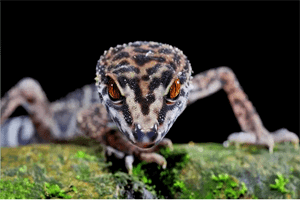
Goniurosaurus yingdeensis
Goniurosaurus yingdeensis,Yingde Leopard Gecko,Eyelid gecko,Goniurosaurus yingdeensis WANG, YANG & CUI
Yingde Leopard Gecko is a species endemic to my country.In the stone-covered···
